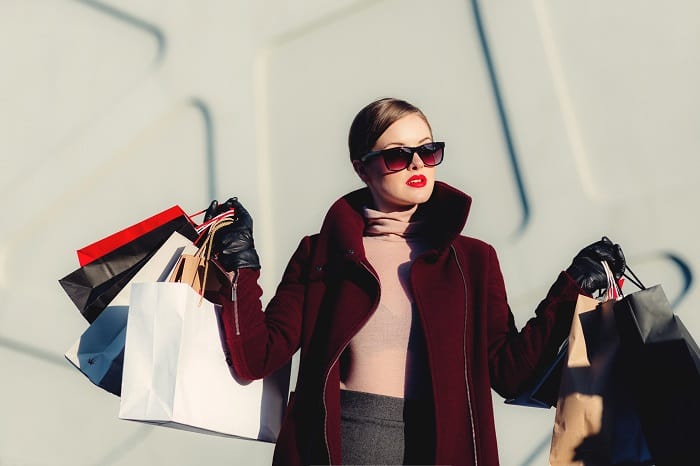
With bricks-and-mortar stores closed for almost a year, new research reveals that over three-quarters (78 per cent) of UK and US consumers would not have been able to indulge their love of luxury without online shopping.
Wunderman Thompson Commerce’s Living in the Lap of Luxury report – which surveyed over 3,000 consumers in the UK, US and China, on what drives their luxury purchase behaviour – found that close to half of UK and US consumers (44 per cent) and Chinese consumers (46 per cent) expect to spend more online in future when it comes to purchasing luxury goods.
Entry-level shoppers are already happy to spend an average of £477 online on a single luxury product, rising to £7,742 for mid-level shoppers and a huge £181,000 for the highest spenders.
And it seems Amazon could yet emerge as a major player. Two-fifths (40 per cent) of luxury shoppers in the UK and US have already shopped for luxury items on the eCommerce site. And, in light of new initiatives such as the launch of its Luxury Stores mobile app to eligible Prime members, that number will only grow further still.
Currently, Apple remains the highest rated site for luxury shoppers in both the US and the UK.
Despite more than half (55 per cent) of UK and US consumers purchasing fewer luxury items altogether because of the COVID-19 outbreak, on average luxury spend online across all three markets climbed by 7 per cent in 2020.
Hugh Fletcher, global head of consultancy and innovation at Wunderman Thompson Commerce, said: “Luxury shoppers expect a superior level of customer experience and exclusivity that, traditionally, has been difficult to replicate online. While they’ve arguably been the most shielded from the last year’s economic ups-and-downs, the desire to splurge has still been hampered by the need to stay indoors.
“With fashion accounting for a significant chunk of luxury spend, consumers have increasingly found themselves all dressed up with nowhere to go and with little reason to shop.
“In the UK and US, Amazon’s role in luxury shopping is growing – from inspiration, to search, to purchase. And, as social distancing rules relax and lockdowns end, we can expect an uptick in luxury spending across the board that – for the very first time – will be facilitated by online channels as much as it will by the in-store experience.
“Ultimately, the research is clear that luxury spending online is a permanent change, not a Covid-related blip. What remains to be seen is whether eCommerce giants, such as Amazon, can extend their offering to meet this rise in demand, or whether luxury brands will move online in time to cash in on the change.”
Notably, physical stores still play a vital role in the customer journey for luxury shoppers. Almost half (47 per cent) of US and UK luxury shoppers buy their products in luxury brand stores, rising to two-thirds (67 per cent) in China. And it seems the product shoppers buy, dictates which channel they use to do so – reiterating that an omnichannel offering is the most powerful of all.
High-end shoppers are most likely to buy fashion (82 per cent) or technology (82 per cent) online, closely followed by luxury holidays (81 per cent), luxury experiences (80 per cent) and luxury watches (79 per cent).
At the opposite end of the scale, the same shoppers are least likely to buy jewellery (21 per cent), home interiors or furnishings (22 per cent), or luxury food and alcohol (21 per cent) via digital channels.
Another step-change for the luxury sector has been the importance of sustainability to consumers in the “new normal”. Where once the sector was underpinned by contentious practices, a huge (84 per cent) of UK luxury shoppers said sustainability was important to them when shopping, climbing to 96 per cent for consumers in China and the US.
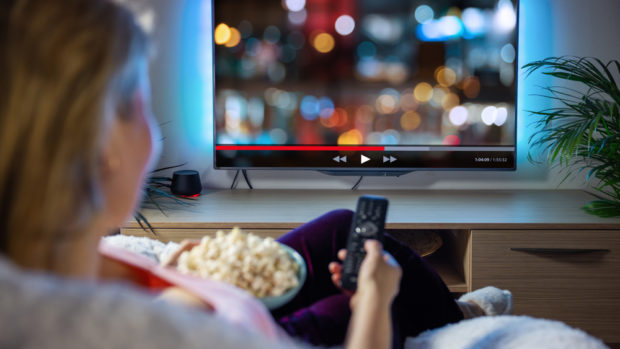



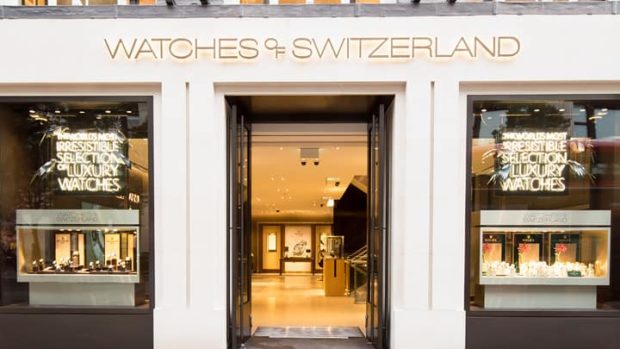
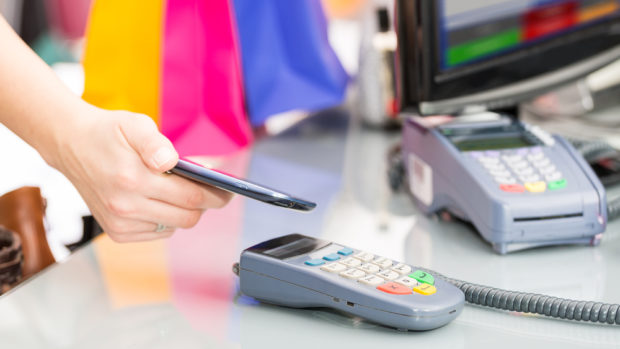
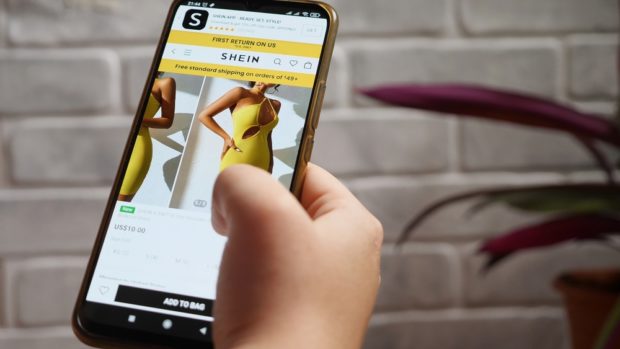

Share